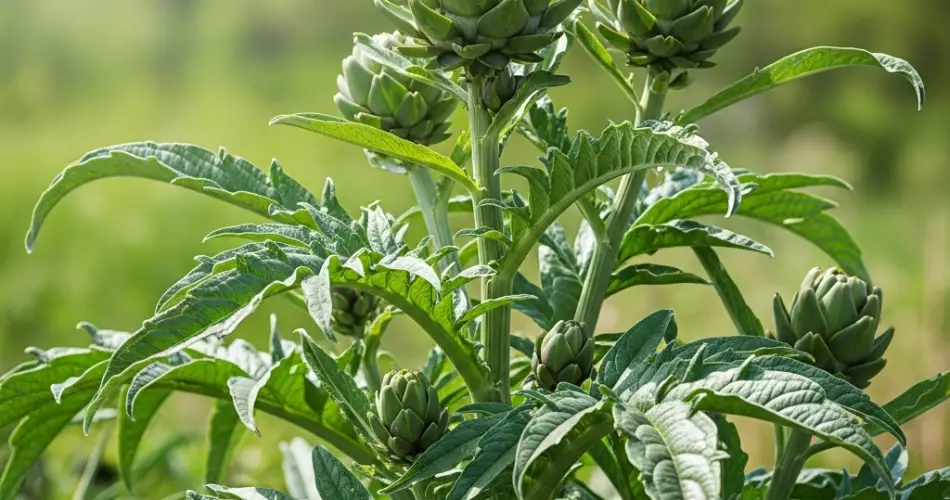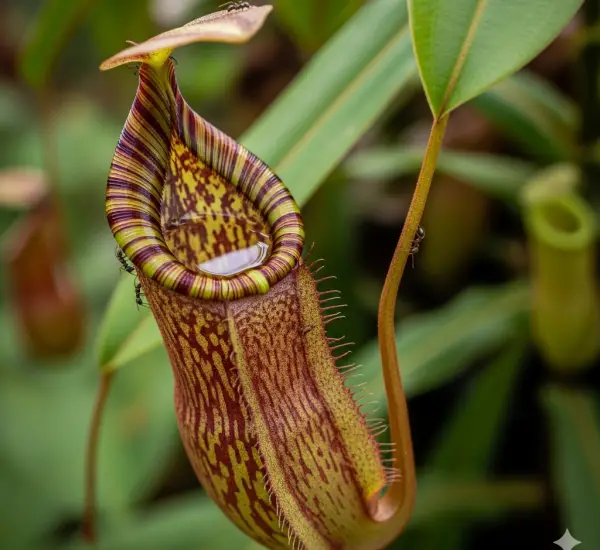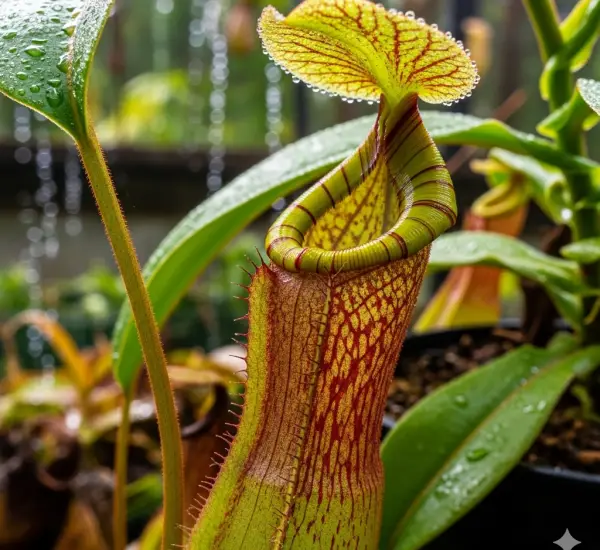Artichokes, with their striking appearance and delicious flavor, may seem like a challenging vegetable to grow. However, with the right conditions and a bit of patience, they can be an impressive and rewarding addition to any home garden. Native to the Mediterranean, artichokes thrive in areas with mild winters and cool summers but can also be grown as annuals in cooler climates.
Whether you’re growing them for their edible buds or simply for their dramatic ornamental value, here’s everything you need to know to start growing artichokes successfully—even if you’re a beginner.
1. Choose the Right Variety
Different varieties of artichokes perform better in different climates. Some are more suitable for perennial growth in mild climates, while others are bred to grow as annuals in cooler zones.
-
Green Globe – A popular variety for warm climates, often grown as a perennial.
-
Imperial Star – Ideal for cooler climates and can produce buds in the first year.
-
Violetto – An Italian heirloom variety with purple-tinged buds and tender leaves.
If you’re in a colder region, look for varieties labeled as “annual” or “first-year producing.”
2. Start Seeds Indoors or Buy Starters
Artichokes can be grown from seeds, divisions, or transplants. Starting from seed requires early preparation, but it’s cost-effective.
-
Start seeds indoors 8–10 weeks before your last expected frost date.
-
Transplant outdoors when seedlings are about 6–8 inches tall and nighttime temperatures stay above 50°F (10°C).
-
Alternatively, purchase nursery-grown plants or divisions from an established artichoke plant for a head start.
If growing from seed, vernalization (exposing young plants to a short period of cold temperatures) can encourage flowering in the first year.
3. Select a Sunny, Spacious Location
Artichokes need full sun and plenty of space to grow.
-
Choose a location that gets at least 6–8 hours of direct sunlight per day.
-
Space plants 3–4 feet apart to accommodate their large size—mature artichoke plants can grow up to 4 feet wide and tall.
Good air circulation is also important to prevent mildew and pest issues.
4. Prepare Rich, Well-Drained Soil
Artichokes are heavy feeders and need nutrient-rich soil to produce healthy buds.
-
Work in compost or aged manure before planting.
-
Ensure the soil drains well to prevent root rot.
-
Aim for a soil pH between 6.5 and 7.5.
If your soil is heavy clay, consider using raised beds or mounds to improve drainage.
5. Water Consistently and Mulch
Artichokes require regular watering, especially during bud formation.
-
Keep the soil evenly moist, but not soggy.
-
Use mulch around the base to retain moisture, regulate temperature, and suppress weeds.
Avoid overhead watering if possible, as wet foliage can encourage fungal diseases.
6. Feed Throughout the Growing Season
Feed artichoke plants with a balanced organic fertilizer or compost tea every few weeks.
-
Apply a nitrogen-rich fertilizer during the early growth phase to encourage leaf development.
-
Once buds start to form, switch to a bloom-boosting formula higher in phosphorus and potassium.
Regular feeding supports healthy plant growth and improves bud production.
7. Harvest at the Right Time
The edible part of the artichoke is the flower bud, which must be harvested before it blooms.
-
Pick the buds when they are still tight and firm, about 3–5 inches in diameter.
-
Use a sharp knife or garden shears to cut the bud, leaving about 1–2 inches of stem attached.
-
Harvest regularly to encourage the plant to produce more buds.
If you miss a bud and it starts to open, leave it—it makes a beautiful ornamental flower and attracts pollinators.
8. Seasonal Care and Maintenance
If you live in a region where artichokes grow as perennials:
-
Cut back the plant in late fall, after the foliage dies back.
-
Apply a thick layer of mulch to insulate the crown through winter.
-
In early spring, remove the mulch and fertilize to encourage new growth.
In colder climates, treat artichokes as annuals or try overwintering indoors in containers.
9. Watch for Pests and Diseases
Artichokes are relatively hardy, but they can be affected by:
-
Aphids – Control with insecticidal soap or neem oil.
-
Slugs and snails – Use traps or barriers.
-
Powdery mildew – Ensure good air circulation and avoid wetting the foliage.
Regular inspection and early action help keep plants healthy.
Final Thoughts
Growing artichokes may require a bit more space and care than other vegetables, but they offer a unique and rewarding gardening experience. Their sculptural appearance and tasty harvest make them well worth the effort. With the right variety, proper soil preparation, consistent watering, and timely harvesting, even beginner gardeners can successfully grow this impressive vegetable.
Once you master the basics, artichokes can become a standout feature in your edible garden—both on the plate and in the landscape.



